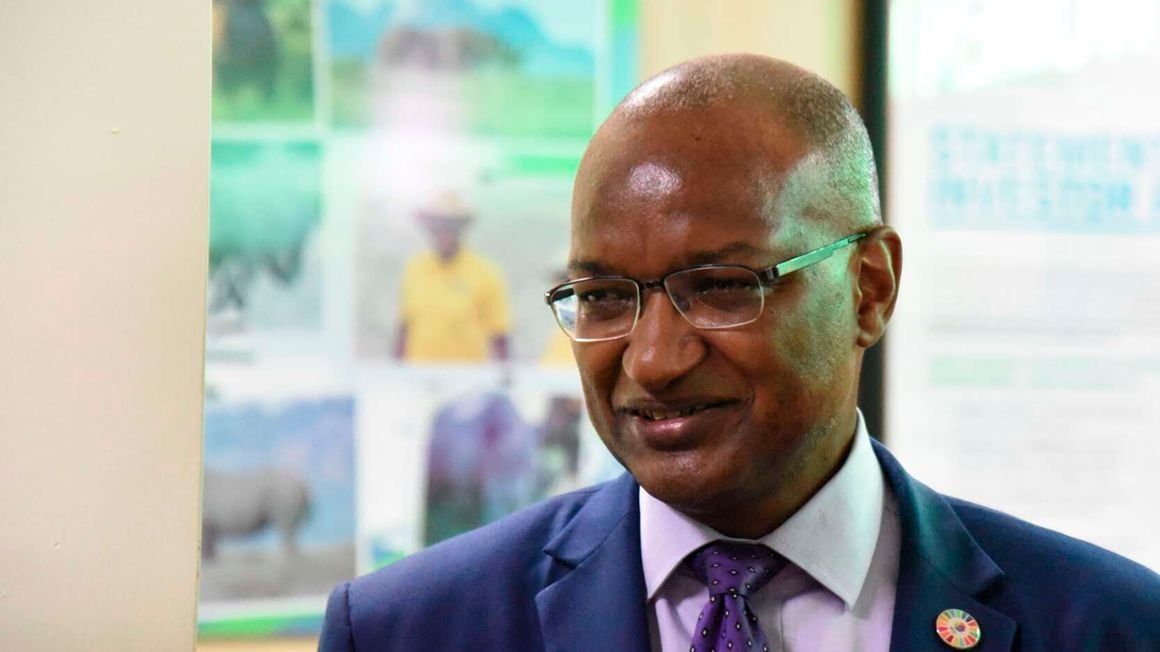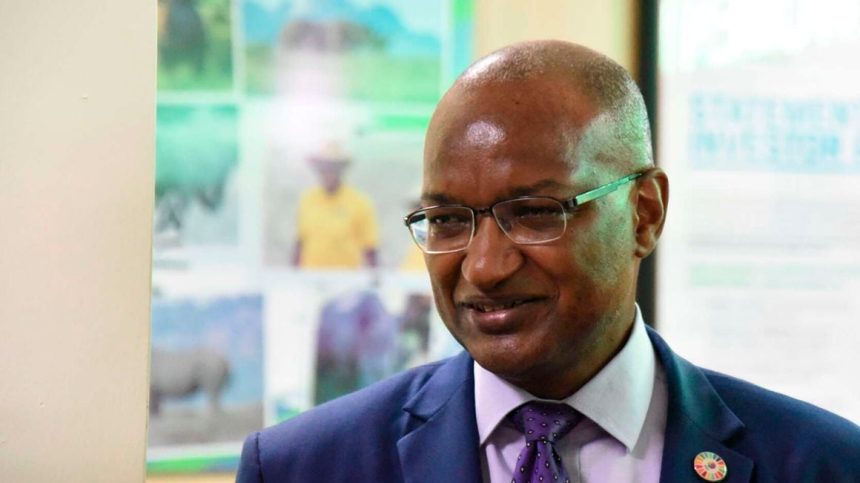Kenya’s foreign exchange reserves have risen above the required level of four months of import cover, the first time in nearly six months, following the receipt of a Sh139.3 billion ($1 billion) World Bank loan.
Reserves have hit Sh1.049 trillion ($7.532 billion), equivalent to 4.15 months of import cover, the latest weekly Central Bank of Kenya (CBK) data shows.
The forex buffer stood at Sh857 billion ($6.152 billion) or 3.62 months of import cover in the week prior.
The cover had fallen below the four-month threshold in late November last year, and for the first time since 2015 on mounting pressure from external debt service in a period when the country was constrained from accessing external financing.
Forex reserves are used to repay external loans and pay for imports of critical goods such as drugs and fuel from the global market.

They also serve as backup funds in unlikely emergencies, such as the weakening of the shilling, when the CBK sells dollars to forex traders such as banks and forex bureaus to reduce volatility.
The rise of the forex cover is expected to offer some respite for the falling shilling, which moved closer to breaching the Sh140 mark against the US dollar this week.
Earlier this month, the World Bank approved the $1 billion (Sh139.3 billion) budget support loan for Kenya. The new external inflows added to a Sh69.7 billion ($500 million) syndicated loan, which was partly disbursed in mid-April.
The CBK expects more inflows, including the IMF’s disbursement of Sh55.7 billion ($410 million) in mid-July, to further strengthen the dollar cover.
“We expect about $100 million (Sh13.9 billion) from the African Development Bank and we have already received some proceeds from a syndicated loan,” CBK governor Patrick Njoroge said on May 31.



